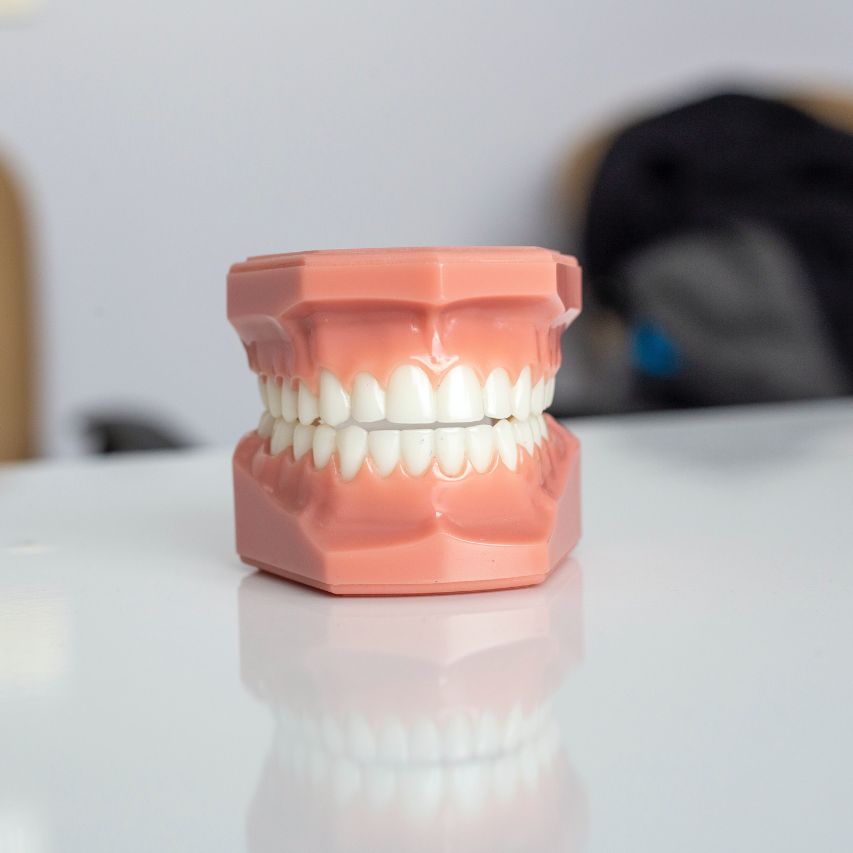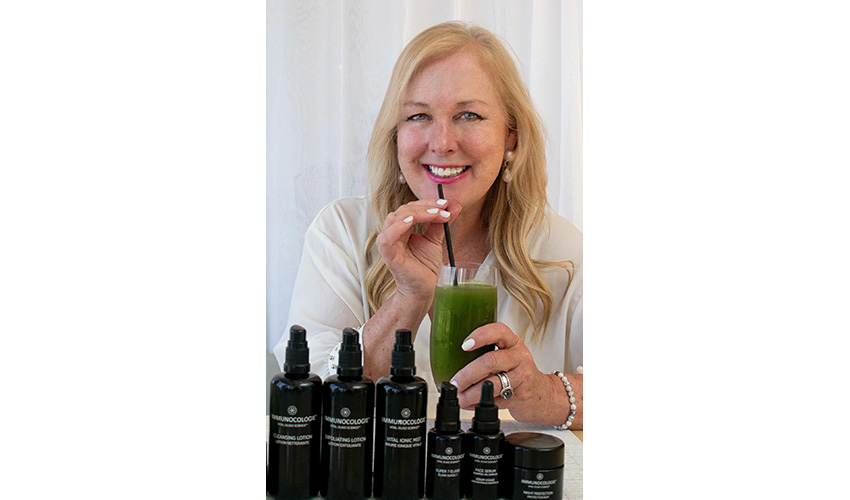White teeth can mean healthy teeth. Lots of people desire a pearly white smile!
White spots on teeth are undesired discolorations that don’t match the color of the rest of your teeth. There are multiple causes of white spots on teeth, including poor dental hygiene or fluoride toothpaste.
Below, are the 6 common causes for white spots and treatments and prevention strategies.
Looking for a holistic dentist who will listen to your unique situation? Contact Rejuvenation Dentistry today! Our qualified experts have decades of experience treating people like you with individualized, science-based, biologically-compatible remedies.
Common Causes for White Spots on Teeth
Before treating the white spots on your teeth, you must identify the underlying cause. You can then treat the cause with your dental health provider and hopefully reverse the white spots.
What causes white spots on teeth? Excess fluoride, mouth breathing while asleep, poor oral hygiene, untreated tooth decay, or hereditary conditions may all independently cause white spots on teeth.
Cause #1: Fluoride
Although fluoride can strengthen tooth enamel and remineralize cavities, fluoride can also cause adverse side effects. Dental fluorosis is the most conventionally accepted side effect of fluoride. Fluorosis can take the form of white spots on teeth.
Fluorosis may affect 25% of the US population. Children’s growing teeth are particularly vulnerable to dental fluorosis.
Fluorosis is irreversible, but specific dental procedures can safely and effectively mask the resulting discoloration.
Consider non-fluoride toothpaste that can still support a healthy oral microbiome, like Revitin.
Cause #2: Mouth Breathing
If you wake up in the morning and notice white spots on your teeth that disappear later in the day, you may be experiencing dehydration due to mouth breathing during sleep. Mouth breathing has a lot of adverse symptoms, including temporary white spots on teeth.
Once saliva hits dehydrated teeth, they typically rehydrate within a few hours. The white spots will disappear for the rest of the day.
Sleep apnea is a common cause of mouth breathing during sleep. Consider a DNA oral appliance to slowly and safely alter the structure of your mouth to reduce your risk of obstructive sleep apnea and mouth breathing during sleep.
Cause #3: Poor Oral Hygiene
White spots on your teeth may form because of plaque buildup, which results from poor oral hygiene, including improper or infrequent brushing and flossing. This plaque buildup may cause cavities.
Do white spots on teeth mean cavities? One potential cause of white spots is early tooth decay, which can lead to cavities. Fortunately, early tooth decay is reversible with a healthy diet and proper oral hygiene.
Cause #4: Removal of Braces
Wearing braces may cause white spots on your teeth, but you may not notice them until the braces come off.
If you cannot clean your teeth under the braces properly, plaque builds up around the location of the brackets. The white spots represent the demineralization of your tooth surface due to that untreated plaque buildup.
Talk with your dentist about proper oral hygiene while wearing braces.
Cause #5: Poor Diet
Acidic food and drink may lead to white spots on your teeth. Highly acidic foods wear down your dental enamel, the outer layer of your teeth. Spots of worn enamel may appear discolored compared to the rest of your teeth.
High-acid food and drinks include citrus, soda, processed foods, and grains. Any food that triggers acid reflux is terrible for your teeth.
Sugar is not acidic, but it contributes to the formation of bacterial plaque, which excretes acid and erodes tooth enamel.
Cause #6: Enamel Hypoplasia
This dental defect means you have less dental enamel than average, often due to genetic or early childhood root causes outside your control. Less enamel implies the appearance of your teeth is atypical, sometimes presenting as white spots.
Enamel hypoplasia symptoms also include grooves and pits in the teeth, tooth sensitivity, and yellow-brown stains.
There is no cure for enamel hypoplasia, but plenty of dental treatments can improve the appearance of your teeth and reduce tooth sensitivity.
If you are pregnant or trying to get pregnant, talk with your healthcare provider about fluoride and other substances that could impact your child’s developing teeth.
Getting Rid of White Spots on Teeth Naturally
How do I get rid of white spots on my teeth? You can eliminate white spots on your teeth with better oral hygiene, a healthier diet, or keeping your mouth closed at night. Dental professionals may help with microabrasion, whitening procedures, veneers, or sleep apnea treatments.
- Better oral care: If poor oral hygiene is the underlying cause of white spots, long-term treatment needs to include better oral care. Consistently brush your teeth and rinse your mouth out after eating. Don’t use too much toothpaste, and floss between your teeth.
- Dietary changes: If white spots on your teeth are being caused by diet, the first thing you need to do is change what you eat. Avoid acidic foods and excess sugar.
- Sleep apnea treatment: If the white spots on your teeth come from dehydration due to mouth breathing, there are multiple treatments for breathing through your mouth while asleep. Mouth tape, chin straps, or a DNA oral appliance can help with obstructive sleep apnea, often leading to mouth breathing and other health problems.
- Microabrasion: This method gently removes a thin layer of tooth enamel to minimize the different colors of the white spots. Removing part of your tooth structure should not be the first-line treatment, so this is not the ideal remedy.
- Teeth whitening: Whether it’s professional bleaching or at-home whitening strips, tooth whitening may improve the appearance of your teeth. However, this method does not treat the root cause of your white spots. It may emphasize fluorosis-caused white spots.
- Veneers: Dentists may apply thin protective coverings (veneers) to the fronts of your teeth for various reasons, including enamel hypoplasia or stubborn white spots. Biologically-safe veneers must be professionally fitted and applied.
- Composite resin: For those with mild enamel hypoplasia, a dental professional may apply biologically-compatible composite resin to fill in cavities and strengthen the dental enamel. This should lead to improved appearance and less sensitivity.
Will my white spots go away? White spots on your teeth will usually go away within a day if caused by dehydration or a couple of weeks if caused by poor oral hygiene. If the discolored spots last longer than 2 weeks, seek a dental professional’s advice. If the appearance bothers you, talk to your dentist about your options, such as veneers or bleaching.
How To Prevent Teeth From Getting White Spots
Below are 5 ways to prevent your teeth from getting white spots:
- Practice good oral hygiene: Brush with an electric toothbrush twice a day, using gentle circles angled towards your gums. Rinse your mouth after meals to remove food particles and acidic residue from your teeth.
- Eat a tooth-healthy diet: Eating less sugar or citrus protects your dental enamel, preventing white spots and other health conditions. What you put in your mouth impacts your whole-body health.
- Consider a Waterpik: A Waterpik water flosser safely removes plaque buildup around the brackets of braces that may otherwise result in white spots. Studies show water flossers are as effective as regular floss but perhaps easier to use.
- Monitor children’s fluoride intake: To prevent dental fluorosis in children, monitor children when they brush their teeth. Make sure they only apply a pea-sized amount of toothpaste to their brush. Make sure children don’t swallow toothpaste when brushing. Fluoride is also found in certain drinks, certain fish, and some community tap water; you may want to restrict children’s intake of these drinks and food.
- Oil Pulling: Swish 2 tablespoons of coconut oil around your mouth for about 30-60 seconds. You can rinse your mouth with warm water after spitting out the oil. Coconut oil contains lauric acid that removes plaque and helps get rid of the white spots on your teeth.
- Visit your dentist: You should see your dentist twice yearly for a professional dental cleaning and oral health checkup. Dentists not only clean your teeth better than you can at home, but they can also identify early warning signs of oral health problems, such as white spots, tooth decay, sleep apnea, or gingivitis.
Rejuvenation Dentistry is committed to addressing your oral health conditions with safe, biological, science-based treatment plans that give you back control over your smile’s appearance and oral health. Schedule your appointment today!




